News
May 30, 2011
Martin Hecht Identified
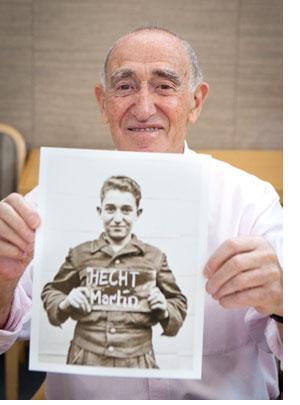
While preparing for their May 2011 trip to visit family in New York, Martin Hecht and his wife, Aida, who live in Israel, decided that this would be the year that they would take a side trip to Washington, D.C., to visit the United States Holocaust Memorial Museum. Just a few weeks before their trip, Martin’s niece e-mailed him to tell him that she had seen his picture on the Remember Me? website. Martin has seen the photo before and has a copy of it. He tells us that he is wearing a discarded Hitler Youth uniform that was found at Kloster Indersdorf after the war. He has attended a few reunions of the displaced children who were at Kloster Indersdorf under the care of Greta Fischer and others. Eager to take part in this project, he spoke by phone with a historian in the Museum’s Holocaust Survivors and Victims Resource Center and agreed to meet with Museum staff members while he was in Washington.
read more »May 26, 2011
Rachel Psankiewicz Identified
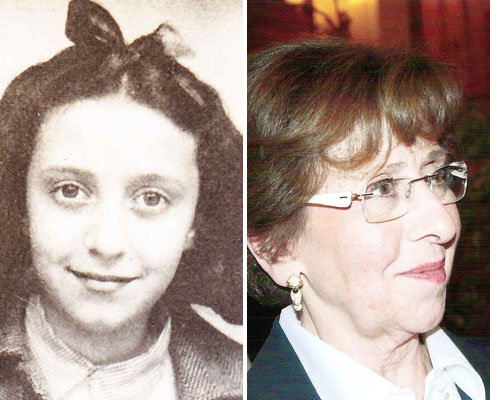
Rachel Psankiewicz had never seen this picture before but believes that it was taken after the liberation when she was about 10 or 11 years old.
read more »May 25, 2011
Lea Glicenzstein Identified
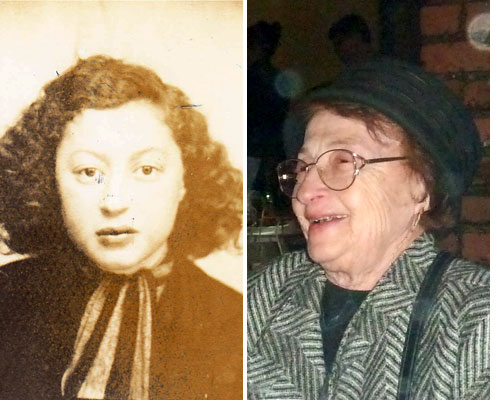
Lea Glicenzstein’s father, Maurice Glicenzstein (also spelled Glicenzstejn), was born in Dobra, Poland, in 1904. Her mother, Pessa Opass, was born in Szil, Poland, in 1898. Lea’s parents were married in Poland on February 9, 1930. A few months later, they immigrated to Paris, where Lea was born in 1931. The Glicenzsteins also had a son, Albert, in Paris.
read more »May 24, 2011
Betty Freund Identified
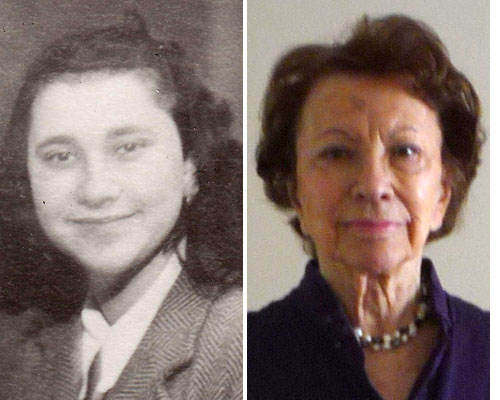
When Betty Freund saw her picture on our Web site, she was surprised and had no recollection of the photograph.
read more »May 18, 2011
Hans Neumann Identified
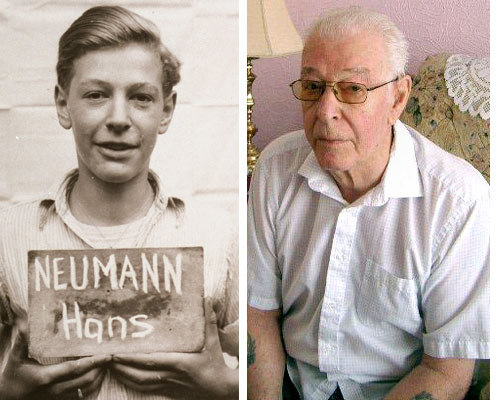
Hans Neumann was born in the Charlottenburg district of Berlin, Germany, in 1929 to Moses and Elizabeth Johanna Neumann. His mother died in Berlin in 1938, and his father in 1941. On July 2, 1942, Hans and his brother, Leo, were deported to Theresienstadt, where Hans remained until the camp was liberated by Soviet forces in 1945. Leo Neumann did not survive.
read more »May 16, 2011
Marcel Meicler Identified
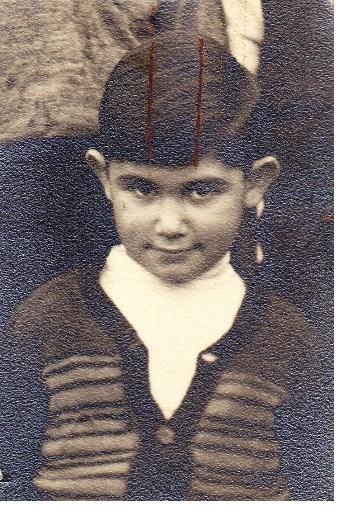
Marcel Meicler was born in Berchem-Sainte-Agathe, Belgium. He lived with his family in Brussels. In December 1942 the Gestapo took his father away. Marcel’s mother thought his father was arrested because of his resistance activities and not because his Jewish faith. Shortly after, she arranged for herself, Marcel, and his brother, Theodore, to go into hiding with Gentiles. Each family member was in a different place of hiding in Brussels during the war.
read more »May 10, 2011
Thank You!
During the past seven weeks, visitors to the Remember Me? site have provided us with information on over 70 of the children whose pictures appear on these pages. As of today we have posted updates about 16 of them so far and have more in the works. Keep checking back to learn more about these survivors and their lives and accomplishments.
read more »May 9, 2011
Walter Hahn Identified
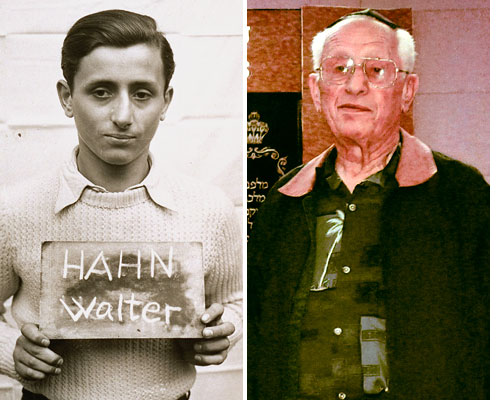
Walter Hahn was born and grew up in Vienna, Austria, before the war. On February 25, 1943, at the age of 13, Walter was deported from Vienna to the Theresienstadt concentration camp. He was deported along with his younger brother, Herbert. Walter and Herbert were liberated from Theresienstadt and given a choice of where to emigrate. They chose to emigrate to the United States and were sent to the displaced children’s home in Kloster Indersdorf to await emigration.
read more »May 3, 2011
Nathan Kranowski Identified
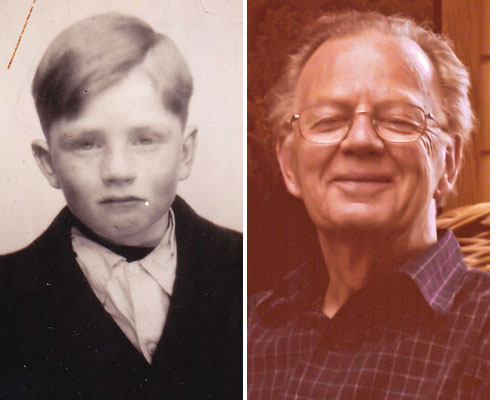
Nathan Kranowski was very surprised to see his photograph on the Remember Me? Website. He never expected to come across a photograph that he had not seen before and speculated that it had been taken after the war when he was nine or ten years old.
read more »May 2, 2011
Danielle Canale Identified
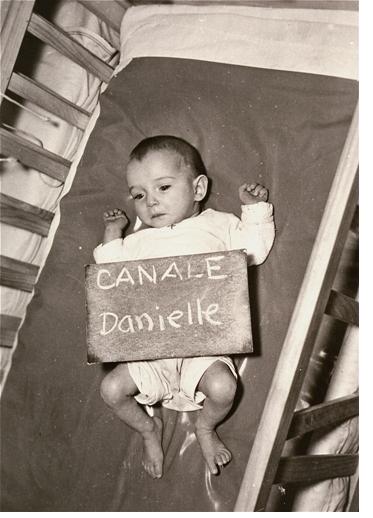
Danielle Canale was born in Munich on February 13,1945, to a Catholic mother, Madeline Canale of Belgium, and Georges Debievre. She died in Schwabing Hospital in Munich at 7:10 a.m. on March 3, 1946.
read more »April 27, 2011
Henri Goldberg Identified

Henri Goldberg was born in Paris on March 2, 1930, to Mordcha Goldberg (born in 1898 in Lodz, Poland) and Fradjla (née Gancwajg, born in 1905 in Zydlow, Poland).
In 1942, Henri’s parents and sister Cécile were deported from France: Mordcha on Convoy 3 on June 22, Fradjla on Convoy 13 on July 31, and Cécile on Convoy 27 on September 2. During the Occupation, Henri was hidden in the village of Noëllet (Maine et Loire). He spent one year hidden by the Abbot Xavier Terrien and one year at Anne Marie Pinguet’s house. Both of them have been honored as Righteous Among the Nations. When he turned 18, Henri left France for Israel in order to participate in the War of Independence. He then returned to France, married, and had two children. He eventually had six grandchildren. In 1997, Henri decided to make aliyah and settled in Netanya, Israel, where he remained until he passed away in 2008.
April 24, 2011
Berthe Moskowicz Identified
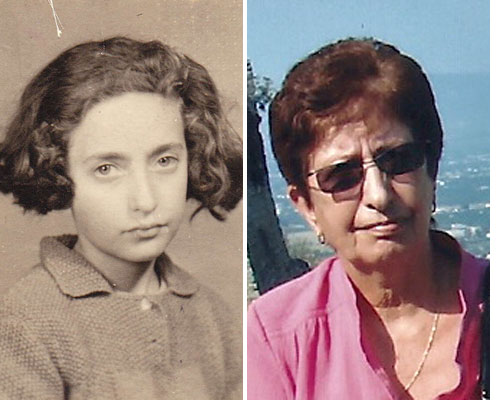
Bracha Aris read about the Remember Me? project in a recent newsletter of Aloumim, an organization to which she belongs of children who were hidden in France during the war. She and her family were excited and shocked to see her picture. She does not remember when the photograph was taken.
read more »April 20, 2011
Josef Lamzek Identified
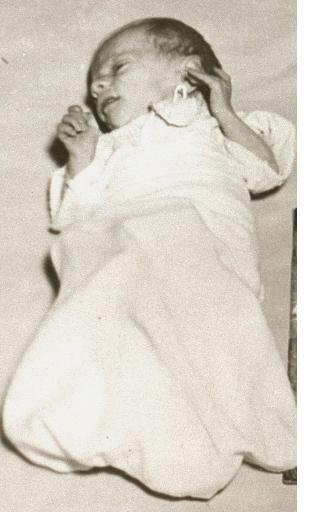
Josef Lamzek was born in Bogen Hospital in Straubing, Germany, on July 21,1945, to a Catholic Ukrainian mother, Olga Lamzek, and Joseph Kalschna.
read more »April 18, 2011
BBC News Story Highlights Use of Social Media to Identify Photos
A BBC News story that aired April 6, 2011, focused on how the Museum is using social media to determine the fates of children who were displaced at the end of World War II. Within 24 hours of a friend seeing his photo on Facebook, one of the young survivors, Michel Sztulzaft, was identified. He has since shared his wartime experiences with us.
read more »April 13, 2011
Regine Findling Identified
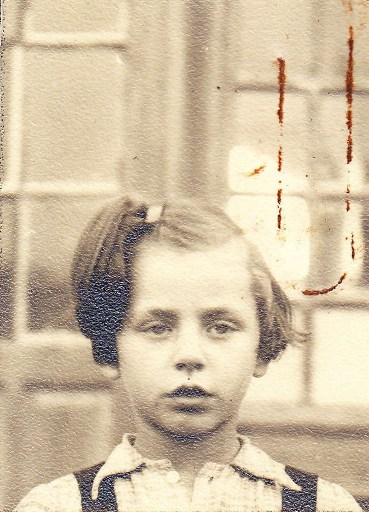
Regina Findling was the youngest of five children born to Ella and David Wolf Findling in Cologne, Germany. In 1939, Regina’s father was deported from Germany to Poland, where he was killed. In 1943, Regina’s mother, Ella, was deported from Malines, a transit camp in Belgium, to Auschwitz, where she was murdered.
read more »April 10, 2011
Pictures Worth a Million Words
At age 13, Charlene Schiff was separated from her family after fleeing the ghetto in Horochow, Poland, where they had been forced to live. In this video, she describes waking up in the forest next to a river, where she and her mother had been hiding for several days, to discover she was all alone. Learn more about Charlene’s story of surviving the Holocaust as a child.
read more »April 5, 2011
Miklos Roth Identified
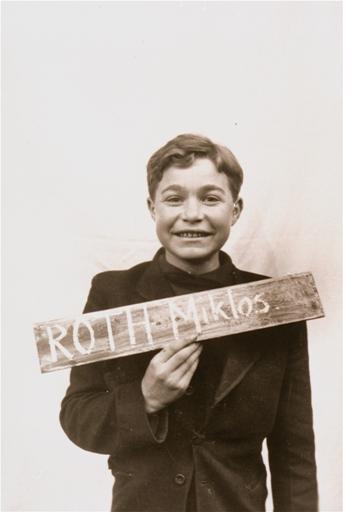
Miklos Roth, later known as Michael, came from a family of Hungarian Jews. His older brother, Sandor, escaped to Palestine prior to the Nazi takeover of Hungary. His mother, Regina (née Weinberger), his sister, Ibolya, and brothers Tibor and Imre were murdered upon arrival at Auschwitz in 1944. His father, Meynhart, died on a death march in March or April 1945. In May 1946, Miklos emigrated to the United States to live with his aunt Freida. He served in the U.S. Marine Corps and graduated from college. He spent many years in retail management and then worked in real estate. He kept in touch with several of the boys he met while he was at Kloster Indersdorf. He attended a reunion of Kloster Indersdorf children and appeared in a documentary about them. Michael Roth passed away on February 24, 2011. His relatives remember him as generous, warm-hearted, self-reliant, and resilient.
read more »March 24, 2011
Three Children Identified in 48 Hours
Within 48 hours of the Museum’s launch of the Remember Me? Web site, three people identified photos on the site. Two siblings recognized themselves, and a third survivor, recently deceased, was identified by his cousin. The Museum’s Facebook page was key to all three discoveries.
read more »March 20, 2011
Behind the Collection
Greta Fischer, a refugee from Czechoslovakia who returned to Germany after World War II, is the source of 127 photographs of displaced children from Kloster Indersdorf in the Museum’s collection.
read more »